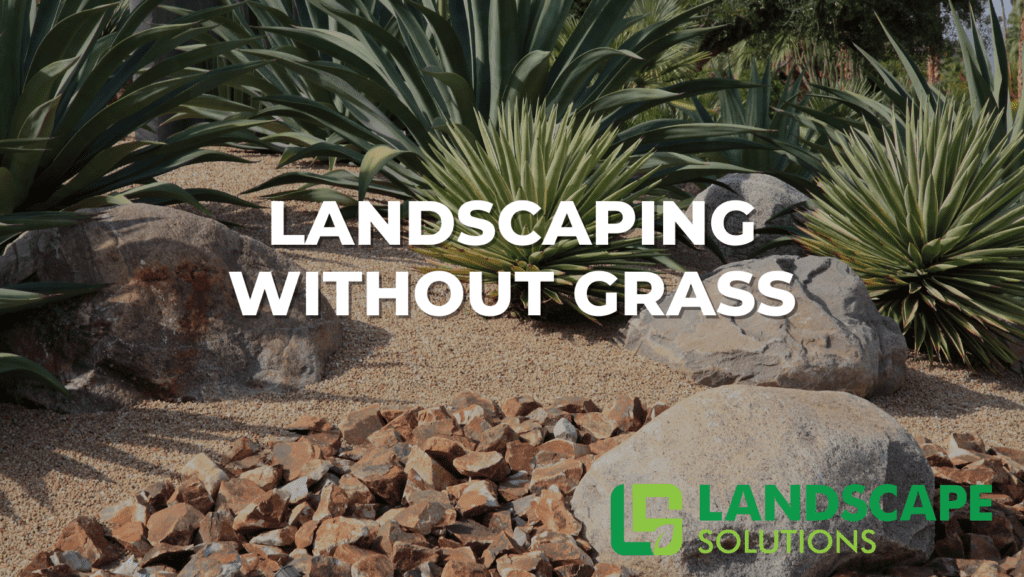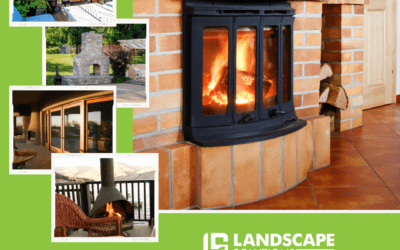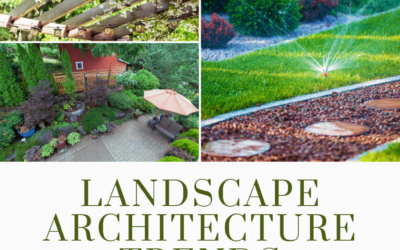
Maintaining a lush, green lawn has long been the hallmark of a well-manicured yard. However, with increasing awareness of sustainability and the desire for low-maintenance solutions, many homeowners are opting to explore alternatives to traditional grass lawns. Whether you’re looking to conserve water, reduce upkeep, or create a unique outdoor space, there are numerous ways to achieve a green and inviting yard without relying on grass.
The Rise of Grass-Free Landscaping
Grass lawns, though visually appealing, come with significant demands on water, time, and resources. In regions prone to drought or where water conservation is a priority, maintaining a grass lawn can be both environmentally and financially taxing. As a result, the trend toward grass-free landscaping has gained popularity. Homeowners are discovering that a yard without grass doesn’t mean sacrificing beauty or functionality. Instead, it opens the door to creative alternatives that can transform your outdoor space into a sustainable oasis.
Ground Covers: A Green Alternative
One of the most effective ways to replace grass is by using ground covers. These low-growing plants can spread across your yard, providing a lush, green appearance without the need for constant mowing or watering. Ground covers come in various textures and colors, allowing you to customize your landscape according to your preferences.
For example, creeping thyme is a popular choice for its aromatic leaves and small, vibrant flowers. It’s drought-resistant and can tolerate foot traffic, making it an excellent option for pathways or larger areas. Clover is another ground cover that not only adds greenery but also improves soil health by fixing nitrogen, reducing the need for fertilizers.
Artificial Turf: A Low-Maintenance Lawn
If you love the look of a traditional lawn but want to eliminate the maintenance, artificial turf might be the perfect solution. Modern artificial turf has come a long way in terms of aesthetics and feel, closely mimicking natural grass. It requires no watering, mowing, or fertilizing, making it a cost-effective and eco-friendly alternative.
Artificial turf is particularly well-suited for areas where natural grass struggles to grow, such as shaded spots or regions with poor soil quality. It’s also a great option for families with children or pets, providing a durable surface for play without the mess associated with mud or lawn clippings.
Hardscaping: Creating Functional and Aesthetic Spaces
Incorporating hardscaping elements like gravel, stone, or pavers can add both functionality and visual interest to your yard. Hardscaping reduces the amount of green space that requires maintenance while providing a clean, modern look.
Gravel and stone pathways can create defined walkways or seating areas, making your yard more accessible and organized. The varying sizes, shapes, and colors of gravel or stone allow for customization, ensuring your yard reflects your style. Additionally, these materials are permeable, helping to reduce water runoff and promote natural drainage.
For a more structured approach, pavers can be used to create patios, outdoor kitchens, or even fire pit areas. Pavers are available in various materials, including concrete, brick, and natural stone, each offering different aesthetic and functional benefits.
Raised Garden Beds: A Green and Productive Yard
Raised garden beds are an excellent way to add greenery to your yard while also providing space to grow your own vegetables, herbs, or flowers. These beds offer several advantages over traditional gardens, including better soil drainage, easier access, and improved control over soil quality.
Materials like wood, metal, or concrete blocks can be used to construct raised beds, allowing for a custom design that fits your yard’s layout. In addition to being functional, raised beds can also serve as focal points in your landscape, adding height and structure to your outdoor space.
Xeriscaping: Sustainable and Beautiful
Xeriscaping, or landscaping designed specifically for drought-prone areas, is a smart choice for those looking to conserve water while still enjoying a vibrant yard. Succulents are often used in xeriscaping due to their ability to thrive in dry conditions with minimal water. These plants come in various shapes, sizes, and colors, adding visual interest to your yard.
Xeriscaping can be combined with other elements like gravel, stone, or mulch to create a cohesive and sustainable landscape. By selecting native plants that are well-adapted to your region’s climate, you can further reduce water usage and maintenance requirements.
Vertical Gardens: Maximizing Space and Greenery
For those with limited space, vertical gardens offer a creative way to incorporate greenery into your yard without sacrificing square footage. Vertical gardens can be installed on walls, fences, or freestanding structures, allowing you to grow a variety of plants in a compact area.
Whether you opt for a living wall filled with trailing plants or a vertical herb garden for fresh kitchen ingredients, this approach adds a unique and eye-catching element to your landscape. Vertical gardens also provide insulation and shade, which can help regulate temperatures in adjacent indoor spaces.
Water-Wise Landscaping: A Sustainable Choice
Incorporating water-wise practices into your landscaping not only conserves water but also enhances the sustainability of your yard. Rainwater harvesting systems, like rain barrels, can collect and store rainwater for use in watering plants, reducing the need for municipal water.
Using permeable materials for hardscaping, such as porous pavers or gravel, allows rainwater to seep into the ground, reducing runoff and promoting groundwater recharge. Additionally, incorporating native, drought-tolerant plants into your landscape reduces the need for irrigation, making your yard more environmentally friendly.
The Benefits of a Grass-Free Yard
A yard without grass offers numerous benefits beyond reduced maintenance and water usage. By exploring alternatives like ground covers, artificial turf, hardscaping, and xeriscaping, you can create a landscape that reflects your style, meets your needs, and contributes to environmental sustainability.
A grass-free yard also allows for greater creativity and flexibility in design, enabling you to create distinct areas for relaxation, gardening, or entertaining. Whether you’re seeking a modern, minimalist look or a lush, green oasis, the possibilities are endless.
Ready to transform your yard into a beautiful, sustainable, and low-maintenance space? Contact Landscape Solutions today to explore the many creative alternatives to traditional grass lawns. Our team of experts will work with you to design and implement a landscape that meets your unique needs and enhances your home’s curb appeal.
Call us at (615) 852-5009 or visit our website to schedule a consultation. Let us help you create the yard of your dreams—without the hassle of maintaining a traditional lawn.



